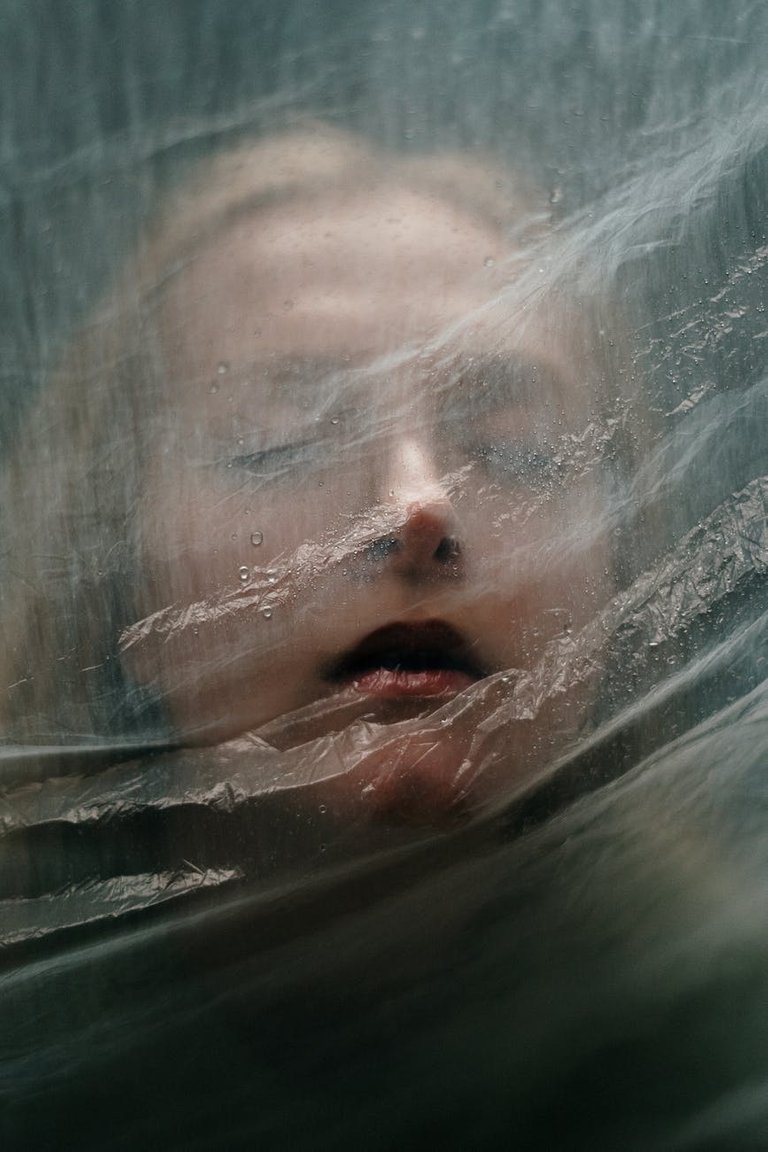El aparato respiratorio es un conjunto anatómico en el que participan los pulmones, las vías aéreas, partes del sistema nervioso central, los músculos respiratorios que son el diafragma y músculos intercostales y la caja torácica que son las costillas.
Su función principal es el intercambio gaseoso, y también aporta su apoyo en el hablar y cantar por medio de la fonación, la defensa frente a agentes nocivos del aire ambiental y diversas funciones metabólicas como el mantenimiento del equilibrio ácido base.
Los pulmones muy queridos, cuidados y valorados hoy en día con el tema del COVID-19 ellos están dentro de la cavidad torácica y se dividen entre el pulmón izquierdo tiene dos lóbulos y el derecho tiene tres lóbulos, ahora bien, cuando respiramos el aire entra en las vías respiratorias y pasa a través de unos cuantos tubos que comienza desde la tráquea, los bronquios, los bronquiolos hasta llegar a los alvéolos pulmonares. Estos alvéolos son una especie de sacos que se llenan de aire y son una cantidad de millones de sacos que trabajan para realizar el intercambio gaseoso, donde se intercambia oxígeno que hemos respirado por dióxido de carbono que es lo que desecha nuestro cuerpo. Cuando ese oxígeno ya está en la sangre es transportado por los glóbulos rojos ayudados por la hemoglobina que tienen dentro.
Luego los glóbulos rojos empiezan a entregar todo el oxígeno a los tejidos que antes de recibirlos presentaban un color azul y a medida que el oxígeno es transportado va cambiando a rosado. Es por eso que cuando no hay paso de sangre a un órgano vemos que la piel cambia a color azul a ese proceso pasa porque se llena de dióxido de carbono, ¿han escuchado cuando alguien no respira y se pone azul, le llaman cianótico? Pero cuando vuelve a recibir el oxígeno se torna rojo.
Y seguimos navegando con el oxígeno, cuando entrega todo el oxígeno los glóbulos rojos recogen el dióxido de carbono y lo llevan hasta el pulmón para que sea expulsado en respiración.
Its main function is the gaseous exchange, and also provides support in speaking and singing through phonation, defense against harmful agents in the ambient air and various metabolic functions such as maintaining the acid-base balance.
The lungs very dear, cared and valued today with the subject of COVID-19 they are inside the thoracic cavity and are divided between the left lung has two lobes and the right lung has three lobes, now well, when we breathe the air enters the respiratory tract and passes through a few tubes that starts from the trachea, bronchi, bronchioles until reaching the pulmonary alveoli. These alveoli are a kind of sacs that are filled with air and are a number of millions of sacs that work to perform the gas exchange, where oxygen that we have breathed is exchanged for carbon dioxide, which is what our body discards. When that oxygen is already in the blood it is transported by the red blood cells helped by the hemoglobin they have inside.
Then the red blood cells begin to deliver all the oxygen to the tissues that before receiving it presented a blue color and as the oxygen is transported it changes to pink. That is why when there is no blood flow to an organ we see that the skin changes to blue color to that process happens because it is filled with carbon dioxide, have you heard when someone does not breathe and turns blue, ¿they call it cyanotic? But when they get oxygen again they turn red.
And we continue navigating with the oxygen, when it delivers all the oxygen the red blood cells pick up the carbon dioxide and take it to the lung to be expelled in respiration.
